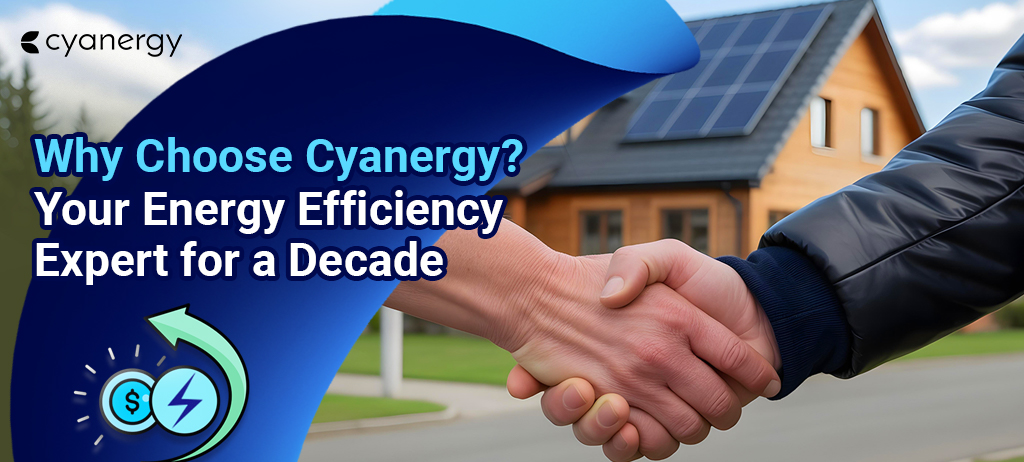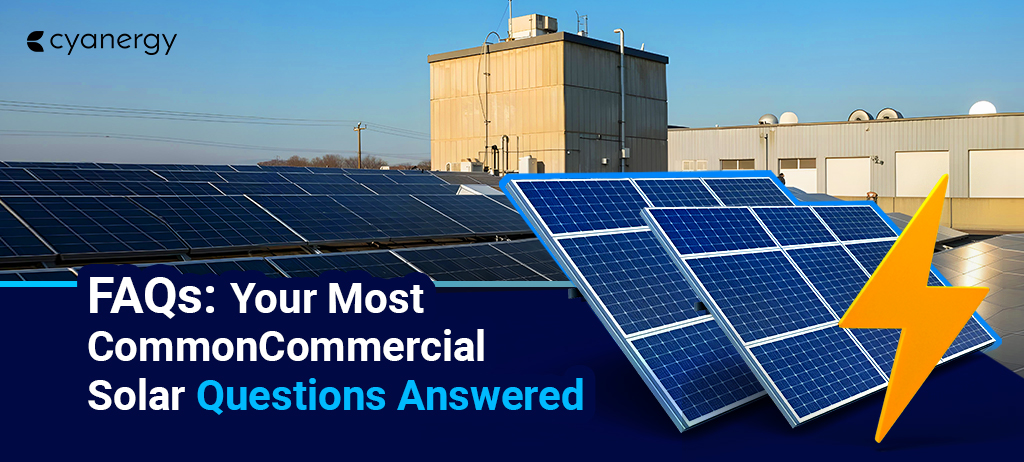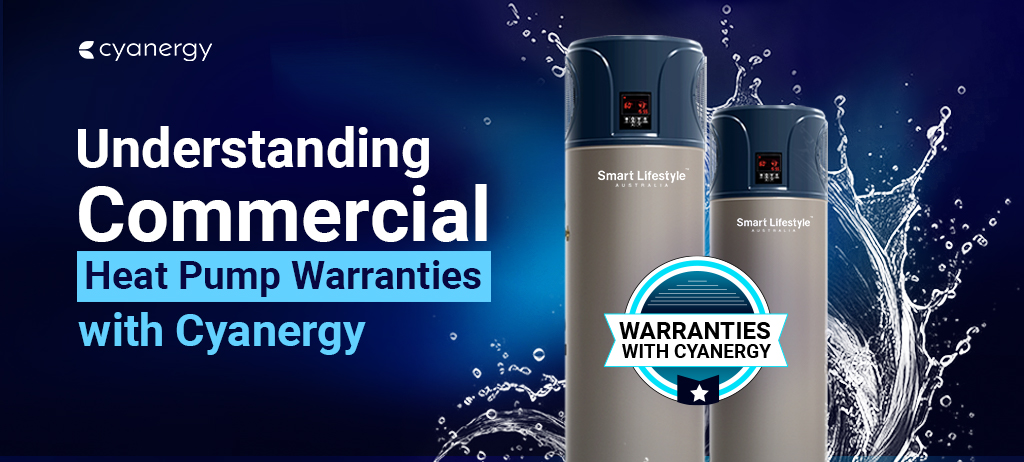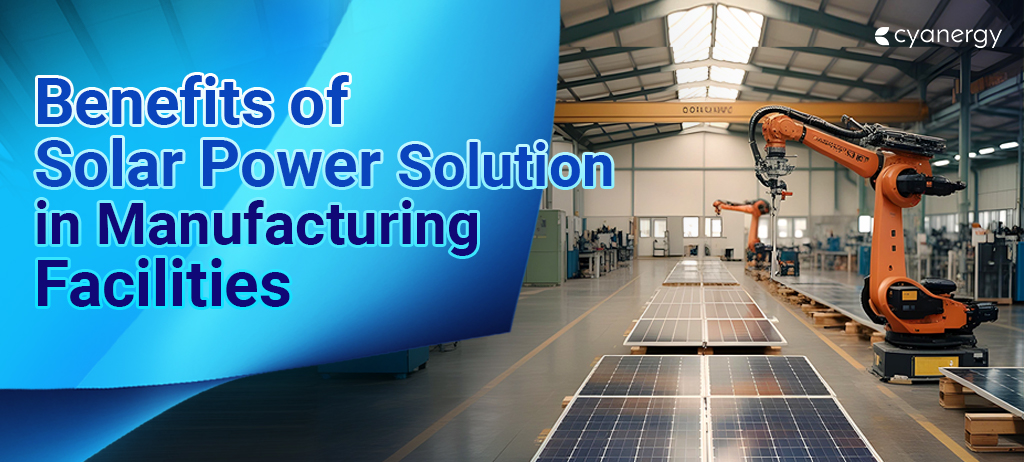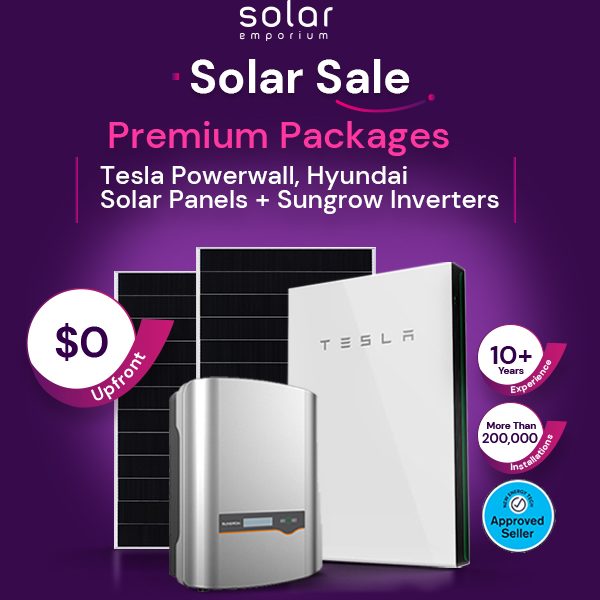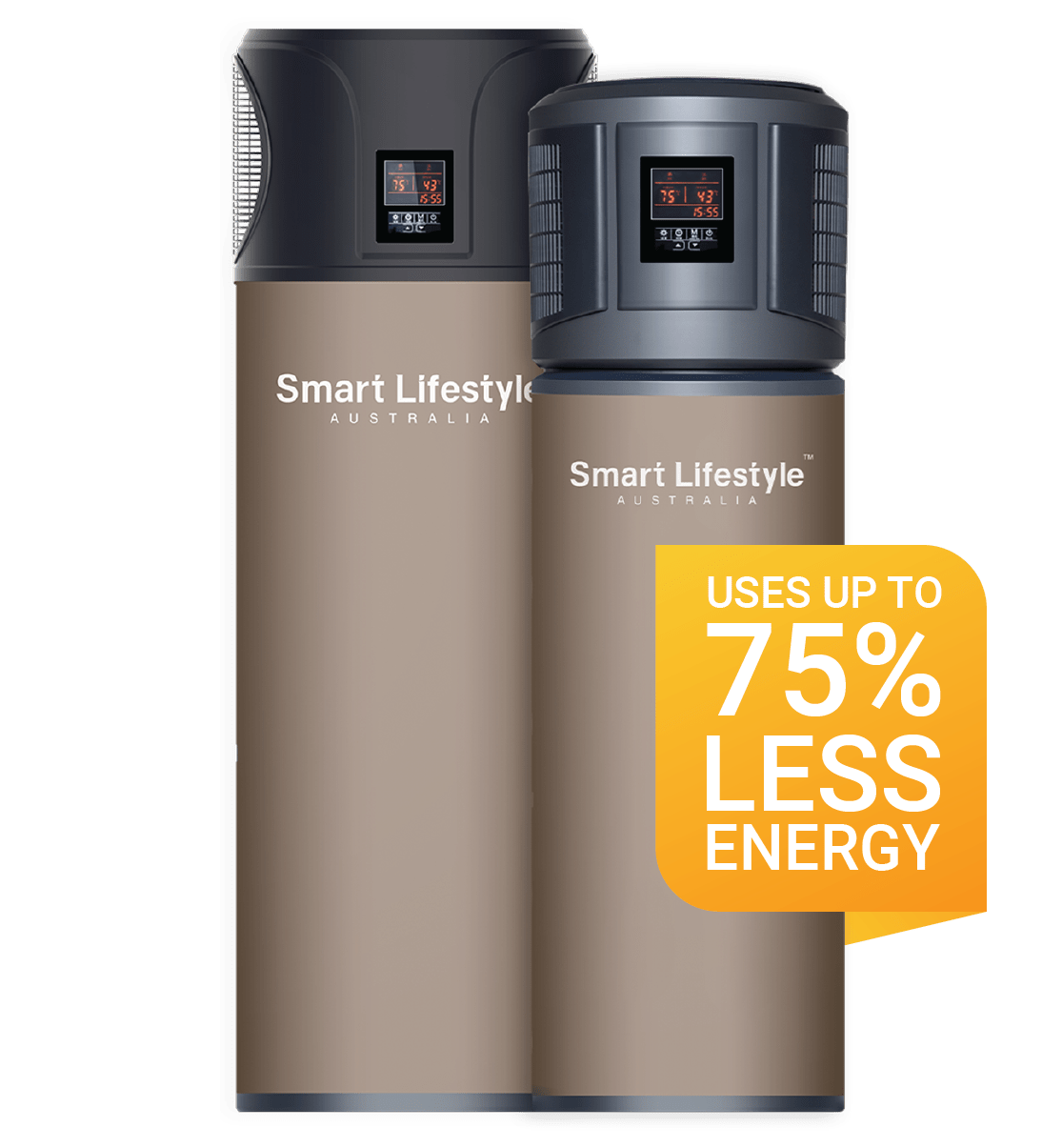Are you one of them thinking your solar panels are the star of the show?
Well, they might take the spotlight, but behind the scenes, your solar inverter is doing all the heavy lifting. It’s the unsung hero of your rooftop solar system, quietly converting sunlight into the power that fuels your home or business.
In sun-drenched Australia, where solar power is booming with over 3.6 million rooftop installations and counting, inverters play a crucial role in ensuring systems run efficiently.
However, while inverters work hard, they’re also one of the most common points of failure in any solar setup.
The good news?
With regular maintenance, you can dramatically extend your inverter’s lifespan and keep your solar system running efficiently for years.
In this article, let’s share some nifty maintenance tips for solar inverters to last longer in Australia.
In this blog post:
- Why Solar Inverter Matters?
- What Damages Inverters? 5 Common Reasons!
- Australia’s Diverse Climate: What It Means for Your Solar Inverter?
- How to Tell If Your Inverter Is Failing?| 8 Key Warning Signs!
- DIY Inverter Maintenance: Your Complete Guide
- Stay Powered with Cyanergy’s Professional Inverter Maintenance Tips
- Closing Remarks
Why Solar Inverter Matters?
Before we delve into the details of maintenance, let’s appreciate why solar inverters are so crucial for your solar panel system.
Your solar panels produce Direct Current (DC) electricity, but your household appliances and the national grid operate on Alternating Current (AC).
Here, the inverter acts as a bridge, seamlessly converting this DC to AC. Bottom line? Without a functioning inverter, your solar panels are just expensive roof decorations.
A typical string inverter in Australia has an expected lifespan of 5-15 years, with most warranties falling between 5-10 years. High-quality brands, such as Fronius, SolarEdge, and SMA inverters, can often last 10 to 20 years, with some models even extending to 25 years.
However, when your inverter has issues, it hampers the connection of solar panels in your home. This could lead to unexpectedly high utility bills.
What Damages Inverters? 5 Common Reasons!
Overheating
Faulty Installation
Isolation Issue
Maximum Power-Point Tracking (MPPT) Problems
Inverter Restarting Issues
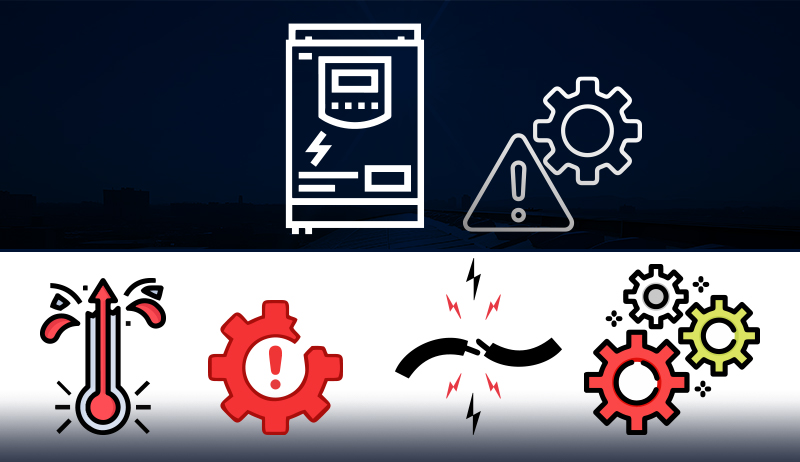
Australia’s Diverse Climate: What It Means for Your Solar Inverter?
Australia’s harsh, extreme climate also plays a significant factor in inverter degradation. For this reason, selecting a high-quality, weather-resistant inverter is crucial if you want to achieve long-term solar performance in Australia.
Here, we’ve listed some environmental conditions that highly influence an inverter’s longevity in Australia:
- Extreme Heat: Prolonged exposure to high temperatures can cause the inverter’s internal components to overheat, reducing efficiency and degrading faster.
- Dust and Debris: Dust storms are a common scenario in arid and semi-arid regions of Australia. These dusts can accumulate on vents, blocking airflow and leading to overheating.
- Humidity and Moisture: High humidity and heavy rains, especially in coastal regions, can lead to corrosion and water ingress, damaging sensitive electronics.
- UV Radiation: Constant exposure to the intense Australian scorching sun can degrade the inverter’s casing and external wiring over time.
This is more prevalent, particularly in states like Queensland and Western Australia.
Moreover, a 2024 UNSW study highlighted that PV module degradation rates are higher in regions with hot and humid climates in Australia, leading to increased power loss.
While this study focused on panels, the principles of environmental stress apply equally, if not more so, to the more sensitive inverter.
How to Tell If Your Inverter Is Failing?| 8 Key Warning Signs!
Just like the solar panels in the Australian household, inverters also show some early warning signs that you shouldn’t take lightly.
A failing inverter can cause power issues, battery damage, or even system failure if not addressed early.
Additionally, regular monitoring and timely maintenance not only prevent bigger issues down the line but also contribute to long-term cost savings.
Here’s how to tell if your inverter is failing:
1. Frequent Alarms or Error Codes
- Many inverters display fault codes or emit a beep when an issue occurs.
- Some common errors might be overload, short circuit, battery failure, or overheating.
2. Inconsistent Power Output
- If your home appliances continuously flicker, shut off, or fail to receive power, this could be due to an issue with the inverter.
- The inverter may switch off randomly or fail to start automatically when the power goes out.
3. Overheating Issues
- If your inverter surface is hot to the touch or shows a high-temperature warning, it may be failing.
- Overheating usually damages internal components, especially in poorly ventilated areas.
4. Reduced Battery Performance
- Are batteries not charging fully or draining quickly? This could mean the inverter isn’t regulating the charge properly.
- You may also notice that the lights dim or the inverter turns off early.
5. Unusual Noises from the System
- Clicking, buzzing, or beeping sounds can indicate any internal electrical problems.
- Loud humming may suggest issues with transformers or capacitors inside.
6. Frequent Restarting or Switching
- The inverter frequently switches between the battery and the primary grid, even when power is stable.
- This could be caused by a faulty relay or a damaged control board.
7. Visible Damage or Burn Smell
- Any burn marks, melted wires, or strange smells can be a serious issue to consider.
- Shut the inverter off immediately and check it if you detect any physical damage or burning smells.
8. LED Indicators or Screen Not Working
- If your display screen is blank or the LED lights don’t work, it may be a power supply or internal failure.
DIY Inverter Maintenance: Your Complete Guide
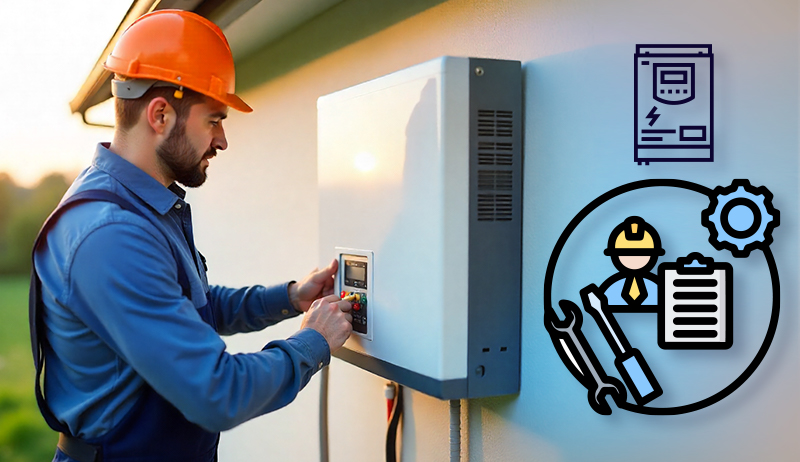
Although any complex repairs should always be left to professionals, there are several simple yet effective DIY checks you can perform yourself to keep your inverter in top condition.
So, what to do if you suspect your inverter is failing? What DIY maintenance is required to keep your inverter for a long time? Let’s find out!
- Inspect the inverter casing, wires, and connectors for any visible damage. Check connections and cables, as loose or corroded wires can cause inverter failure.
- Ensure the vents are clear and there’s at least 30 cm of clear space on all sides of the inverter to allow for adequate airflow.
- If your solar inverter is installed outdoors, ensure it’s in a shaded area and avoid direct sun exposure. Excessive heat is a significant threat to inverter longevity.
- Never place your inverter near water outlets or on low ground where it could be subject to moisture ingress. Wall mounts are generally better for ventilation.
- For outdoor installations, consider using inverter covers. These covers, made from durable, weather-resistant materials like marine-grade aluminium, shield the inverter from direct sun, rain, and dust.
- Check your daily and weekly kWh output, voltage fluctuations, and error logs.
- Some issues can be resolved by resetting the inverter and allowing it to restart if necessary.
- Look for any error codes or troubleshooting steps in the manual or guidelines provided
- Also, don’t forget to check the warranty. If your unit is under warranty, contact the manufacturer for service or replacement.
However, if these signs still exist, a professional inspection may be necessary.
Do you want to know how this professional maintenance process works? Read along!
Stay Powered with Cyanergy’s Professional Inverter Maintenance Tips
In Australia, the Clean Energy Council (CEC) recommends a thorough solar system service every two years for residential systems, and annual professional maintenance of your inverter is highly advisable.
While DIY is suitable for routine checks, professional servicing is recommended at least once a year or when you experience issues such as overcharging or frequent shutdowns.
Here’s how it works:
- Expert physical inspection with complete internal and external cleaning
Technicians can detect subtle signs of wear, degradation, or damage. They will check the heat sink condition, terminal tightening, and grounding resistance, and perform detailed firmware diagnostics.
Typically, professional maintenance goes beyond what you can safely do yourself.
- Use Advanced tools
They’ll inspect all DC and AC connections for wear, damage, or looseness, using meters, software, and diagnostic devices, ensuring safe and efficient power flow. However, loose connections can lead to a fire hazard.
- Thorough servicing and performance analysis
Using specialized tools and performance analysis, they can assess the inverter’s efficiency and identify any performance issues that may not be immediately apparent.
These firmware updates, internal inspections, load testing, and battery health analysis ensure your inverter is operating within optimal parameters.
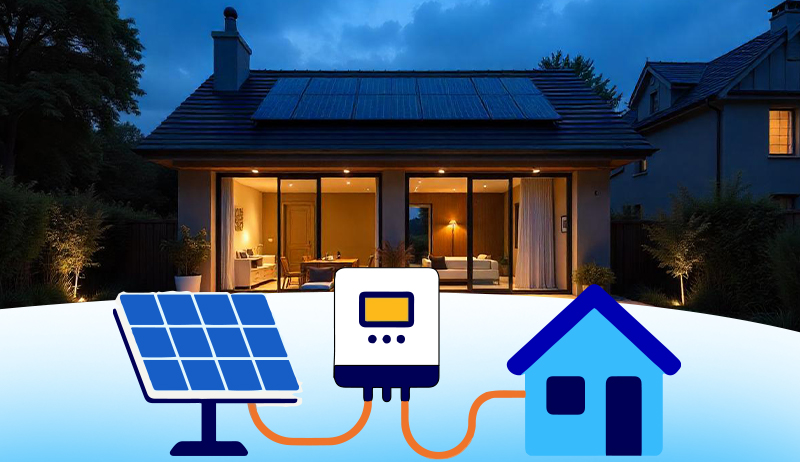
Closing Remarks
Solar panel and inverter maintenance are linked. You can only properly care for your solar power system if you care for your solar inverter. That is why solar inverter maintenance, service, and repair are critical.
Your inverter must be operational for your system to function correctly. If your inverter fails, you must contact a licensed solar professional, Cyanergy, to diagnose the problem and provide a solution.
Therefore, contact Cyanergy today to discuss renewable solutions and solar packages for a more sustainable future. Get a free solar quote TODAY!
